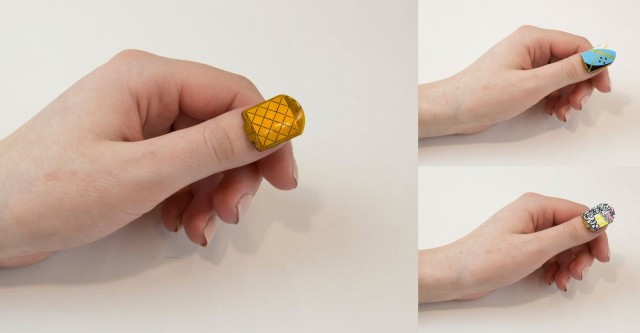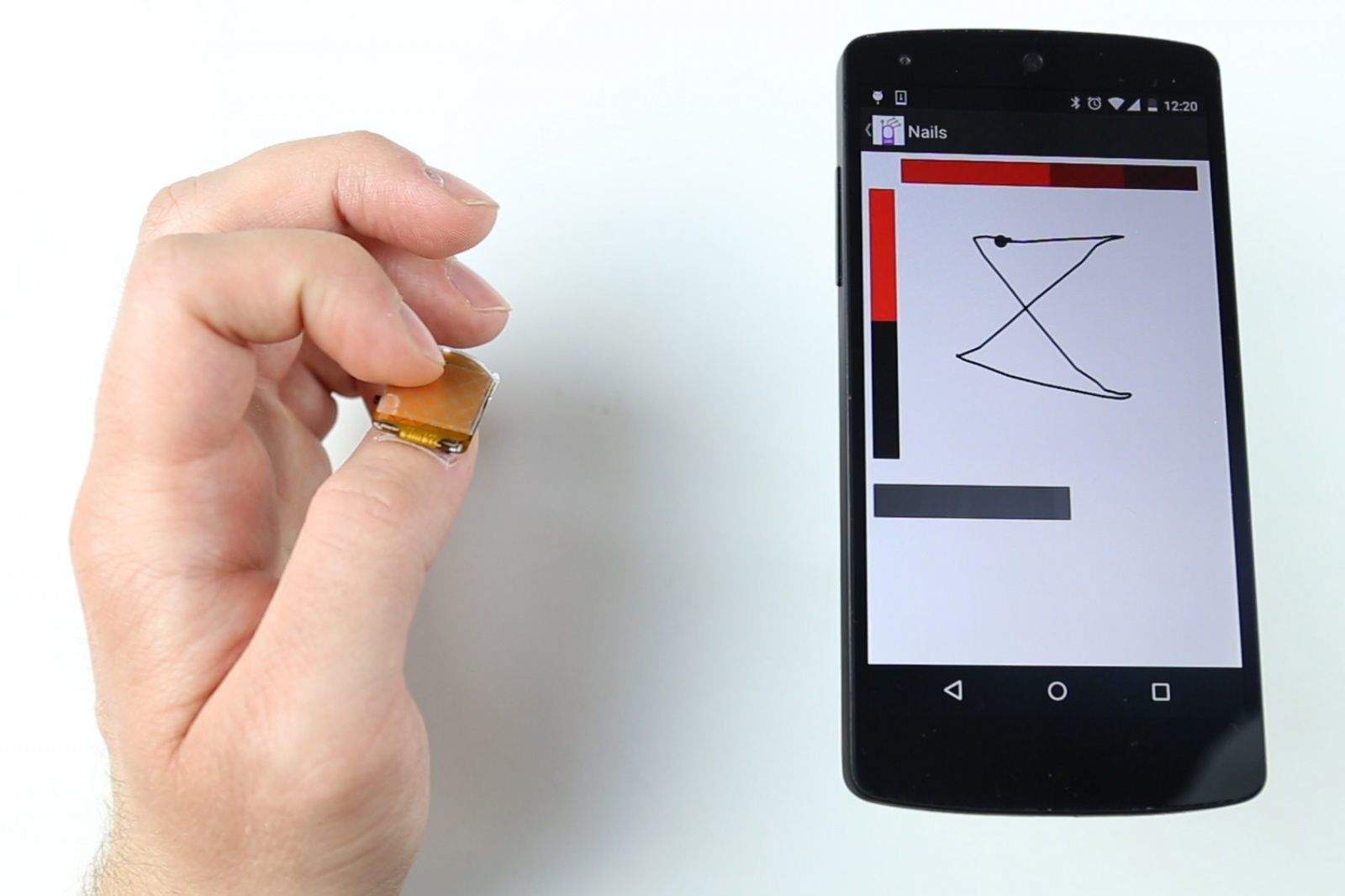Stop chewing your fingernails now. You may be biting off a new frontier in wearable technology.
Researchers at MIT have devised a way to turn the thumbnail into a wireless trackpad that will allow users to control their devices when their hands are full.
Imagine using the neighboring index finger, moving it across the thumbnail to help answer the phone while cooking, send a text message or toggle between symbol sets while texting.

The team that developed a prototype for the thumbnail trackpad, called NailO, will present their work at an upcoming computer-human interaction conference in Seoul, South Korea.
Cindy Hsin-Liu Kao, a media arts and science graduate student, got the idea for NailO from colorful stickers women in Asian countries apply to their nails.
“It’s very unobtrusive,” Kao said in written statement released by MIT. She is one of the lead authors of the paper being presented in Seoul. “When I put this on, it becomes part of my body. I have the power to take it off, so it still gives you control over it. But it allows this very close connection to your body.”
The press-on device uses capacitive sensing, the same technology in the touch screen for the iPhone. It was a small task with a large challenge: packing sensors, a battery and three different chips – a micro-controller, Bluetooth radio chip and capacitive-sensing chip – into a small, thin bundle to go on top of the nail, the statement said.
The most difficult challenge, according to co-lead author Artem Dementyev, was the antenna design. The antenna could interfere with the chips if placed too close. Their advisors worked on the software while the two grad students worked on the circuit design. They printed copper electrodes on sheets of flexible polyester for the prototype, the statement said.
Of course, if developed into a commercial product, it would have a thin, detachable surface, with patterns and colors to match any wardrobe.



